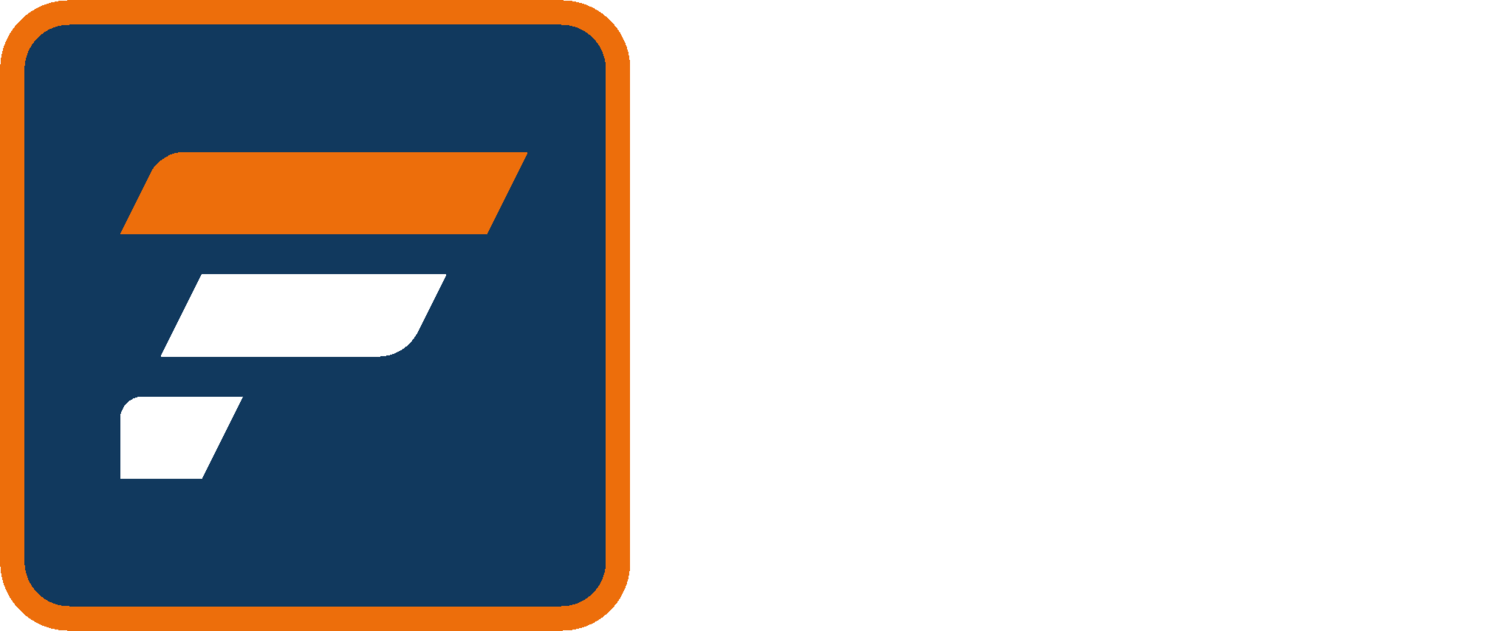3 Data-Driven Insights to Help Brands Drive Revenue from Sponsorships
Passive signage doesn’t drive sales. “Just having passive signage does almost nothing for a brand advertising in sports,” says Johannes Waldstein, Founder & CEO of Fan AI, adding, “What works best to drive lower-funnel activity is having a combination of three things—live in-stadium activation, interesting mobile digital activations, and an in-store activation. Then, you get an actual sales lift in-store.”
Convention is that stadium signage is a marquee asset that teams/leagues offer. While it’s been the long-held wisdom that stadium signage offers big opportunities for brands to get exposure during attendance, broadcasts, and when images are shared online, it’s not that simple. This also goes for brands showcasing their partnership on billboards outside of entertainment venues, consumers aren’t automatically inspired to make a purchase or engage with the brand when they see a logo - It’s more nuanced than that.
Smart brands who want to create a more compelling call-to-action in OOH advertising must move beyond simply using logos. For example, MicDrop Agency’s work with the Nashville Predators and Texas Roadhouse is a good example of how passive signage can be turned into a direct engagement and even revenue generation. Billboard ads can also provide some return as long as they are close to the stadium, with one analysis we did for a CPG brand showing a 6% increase in revenue per customer with signage less than 2 miles from the stadium, as opposed to signage located further out.
So, if passive signage doesn’t move the needle, here are three ways brands can help drive revenue from sports sponsorships.
1. Live In-Stadium Activation
More and more, brands are becoming part of the game-day experience and running live in-stadium activations. These are becoming increasingly popular as properties and venues focus on the atmosphere beyond the sport being played, and rewarding fan attendance, which make the activations more “exclusive”. In fact, a previous FanAI analysis showed increases of 9.5% and 11.3% in customer spend from two teams who conducted bobble-head promotions in partnership with a brand.
While “traditional” activations (e.g. Team logo credit cards) can still have value, the industry is moving toward interaction through games, or even interacting with the sport itself, as is the case with Chick-Fil-A Fowl Shot promotion, where if an opponent of the Washington Wizards missed two free throws in a row, fans received a free reward through the Chick-Fil-A app.
2. Mobile Digital Activations
Mobile digital activiations can also help a brand maintain their relationship long after the final whistle. In-stadium activations are now increasingly carrying a mobile digital component, as brands look to not just capture fans’ attention, but also find a way to continue marketing to them after the game. Venue investment in high-speed WiFi has paved the way for mobile games like those made by Aquimo. The resurgence of the QR code has made it increasingly more commonplace for interactions that carry from the venue to the digital space (like in the MicDrop example), and also allowed for mobile activations to be extended out of the venue, as was the case with Coinbase’s Super Bowl ad, and Transmit’s work with the YES! Network.
3. In-Store Activation
In-store promotions help tie the customer journey together from the venue to the point of purchase. They can help direct eye-lead to fans who have an affinity for the team, or recall an event coming up. They can also be used to leverage limited-time packaging to help drive sales.
By tapping into live in-stadium activation, mobile digital activiations, and in-store activation, brands can maximize their investments and continue to drive customers down the sales funnel.
FanAI helps brands understand and measure sponsorship impact on sales using unique insights to maximize investments. Our mission is to help brands realize the true value of sponsorships by proving their impact on sales, and our vision is to be the leader in optimizing brand marketing performance.




